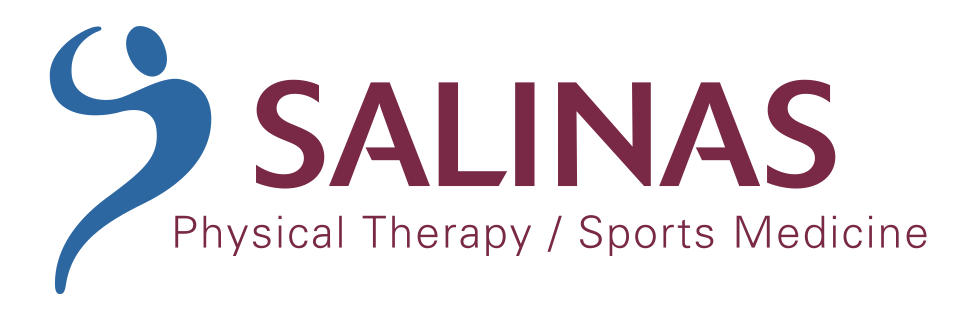Phone: (714) 695-1566
Fax: (714) 695-1553
Email: [email protected]
23655 Via Del Rio, Suite C
Yorba Linda, CA 92887

Phone: (714) 695-1566
Fax: (714) 695-1553
Email: [email protected]
23655 Via Del Rio, Suite C
Yorba Linda, CA 92887


The meniscus is a C-shaped cartilage that acts as a shock absorber between your thigh bone (femur) and shin bone (tibia). There are two menisci lateral, smaller and less prone to injury, and medial, larger and more prone to injury due to its attachment to the MCL and joint capsule. Meniscus tears are among the most common knee injuries, particularly among athletes, weekend warriors, and active adults. These injuries are most common during activities that involve sudden cutting or twisting maneuvers, which makes them more common in sports like soccer, football, and basketball.
Recent studies have shown that meniscal injuries account for 12-14 % of all injuries, especially in the athletic population. [1] Research also shows an incidence of 60-70 meniscus tears per 100,00 people per year, with even higher frequency among competitive sport athletes. [2] Meniscus injuries can also occur in the older population from wear and tear over time.
Given the high incidence of meniscus injuries across all age groups, especially among active adults, it’s crucial to arm ourselves with a comprehensive understanding of the causes, treatment options, and ways to manage the injury or prevent it. This knowledge empowers us to take proactive steps in our health and well-being.
Managing a meniscus injury depends on the severity, location, individual goal, and desired activity level. The treatment could range from conservative treatment to surgery, depending on the extent of the injury.

Small tears typically respond well to physical therapy. A structured, individualized program designed to reduce pain, restore range of motion (ROM) and build strength of the injured limb muscles can help stabilize the knee. Depending on the individual goals, a safe, functional progression of tasks can be developed to safely return to their desired activity level.

Preventing meniscus tears requires good flexibility, strong leg muscles, and learning how to move more efficiently. The following are some actionable tips that will help reduce the risk of injury:
• Spend a few minutes to warm up before the activity. Some simple agility drills like skipping backpedaling, side shuffles, and carioca movements can help to jump-start your neuromuscular system. Include dynamic stretching like leg swings, side lunges, and walking knee hugs to loosen up the leg muscles.
• Focus on exercises that build the strength of your gluteal, quads, hamstrings and calf muscles. Exercises such as leg presses, leg extensions, squats, and hamstring curls are added to your workout routine. Lunges are also an excellent way to build dynamic stability of your knee. As the saying goes, a weak muscle cannot stabilize.
• Work on movements that improve your balance and coordination to avoid awkward landings and interact with the ground more efficiently. Plyometric (jump) training can improve your landing, cutting, and deceleration forms. Agility ladders are also an excellent tool for improving overall agility and movement quality.
• Wearing proper shoes for the activity you are participating in will also help to provide stability and reduce the risk of injury. Shoes like Vans and Converse Allstars provide little support for sports requiring running, cutting, and jumping. Using tennis shoes to play tennis and running shoes to run makes sense.

• Avoid playing demanding sports when you are fatigued, and build in rest days to avoid overtraining. Fatigued muscles don’t perform as well and may increase your risk for injury, so you need to let your body recover following an intensive workout to recover. There is a reason professional football is played once per week, and starting pitchers have a five-day rest.
Knee pain or injuries are difficult to self-diagnose. The following are common questions that are often asked about confirmed meniscus tears.
1. Can a meniscus tear heal on its own?

Meniscus tears can be a challenge to try to heal without some guidance. There are several options during the initial injury phase, but it is best to seek professional advice. Prevention of these injuries is the number one choice. Staying fit, keeping your body weight ideal, and spending time learning how to move better are the best ways to avoid these injuries in the first place.
If you think you may have injured your meniscus or want to learn some prevention strategies, dont hesitate to reach out.
In Good Health,
The Salinas PT Team
References:
[1] Gaillard, R., Magnussen, R., Batailler, C. et al. Anatomic risk factor for meniscal lesion in association with ACL rupture. J Orthop Surg Res 14, 242 (2019). https://doi.org/10.1186/s13018-019-1281-z (Last accessed: 10/9/24)
[2] Valdez, G., Haque, A., Chang, R., Meniscus Injuries of the Knee. PM&R Knowledge Now. Originally Published September 20, 2013. Last Updated: December 22, 2021. https://now.aapmr.org/meniscus-injuries-of-the-knee/#disease/-disorder (Last accessed 10/9/24)
Disclaimer: The information provided on SalinasPT’s website is for general informational purposes only and should not be considered a substitute for professional medical advice. We strive to ensure the accuracy and timeliness of the information. By using this website, you acknowledge that you assume full responsibility for any actions taken based on the information provided, and we disclaim all liability for any damages or consequences resulting from such actions. Always consult a qualified healthcare professional for personalized medical advice and treatment.